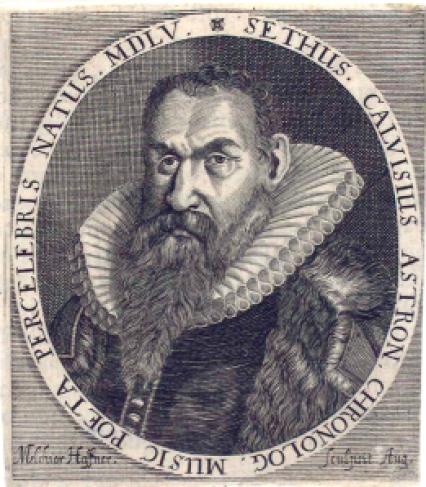Edvard Grieg was intensely interested in sound recording, which was in its infancy in his day.
His works were first recorded on Edison rolls in 1899 by Alfred Grünfeld. This technique of recording sound on wax or hard-rubber cylinders was soon superseded by Emile Berliner’s improvements; Grieg himself was one of the first to record classical music for Berliner’s system.
Gramophone records, which became two-sided in 1905, had a playing time of five minutes, more than twice as long as the phonograph, but they left much to be desired in terms of sound quality.
Meanwhile, the player piano, which had existed since 1880, continued to evolve; by the early 20th century a piano roll could record up to 15 minutes of music. Major companies such as Welte and Hupfeld sought from the start to engage famous performers for their systems, and in 1906 Grieg recorded his works for both firms.
This according to “Die Tonaufzeichnung und Edvard Grieg” by Eszter Fontana, an essay included in Edvard Grieg: Weltbild und Werk (Altenmedingen: Junker, 2005, 138–146; RILM Abstracts of Music Literature 2005-23299).
Today is Grieg’s 180th birthday! Below, one of his piano rolls brings his piano playing into the 21st century.
Related article: Stravinsky and recording












